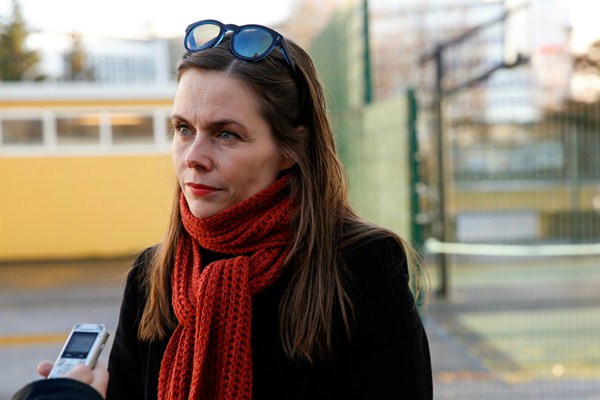On Nov. 2, Iceland’s president, Gudni Johannesson, asked the leader of the Left-Green Movement, Katrin Jakobsdottir, to form a government, even though the party came in second to the incumbent Independence Party in parliamentary elections late last month. After a first attempt at forming a coalition government failed, Jakobsdottir has now entered into talks with the centrist Progressive Party and the conservative Independence Party, which led the previous coalition government. In an email interview, Olafur Th. Hardarson, a professor of political science specializing in Icelandic elections at the University of Iceland in Reykjavik, discusses the election results, the coalition talks and if this unlikely political alliance could survive.
WPR: What were the central issues driving the results of last month’s election in Iceland?
Olafur Th. Hardarson: The major issue emphasized in the election campaign was the need for increased public spending on infrastructure, such as hospitals, schools and road construction. All the parties agreed that this issue needed to be addressed. The opposition parties criticized the government, headed by the Independence Party, for a lack of transparency and integrity, as it has been mired in a number of scandals over the last few months. They also stressed the need to do better for the disadvantaged in society and to work against inequality.

